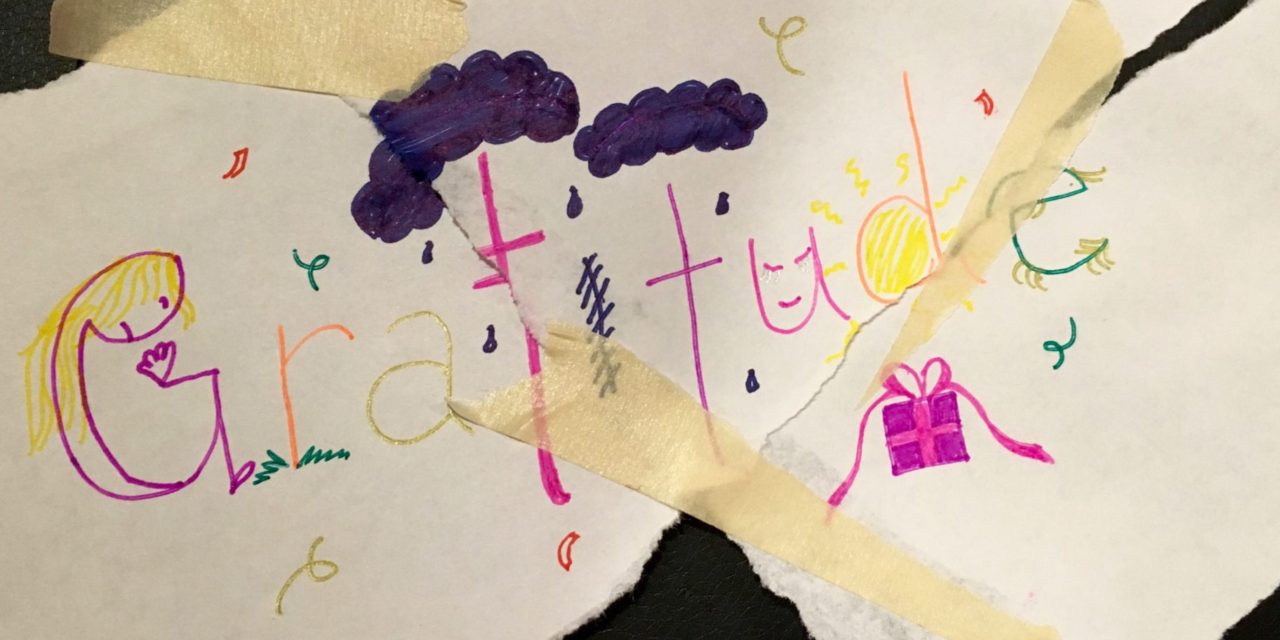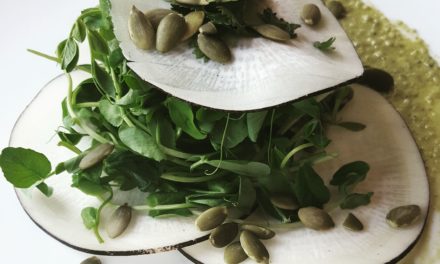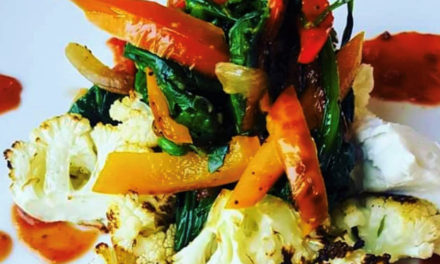Today, let’s talk about gratitude. I worked hard to make sure this post would give you practical, easy ways to practice gratitude, and I’m also going to explain why it matters. At the end of the post, I have an amazing video from my favorite yogi and friend Gracie Jane. So many good things in one post – aren’t you feeling grateful already?! 🙂
Truthfully, I was a very grateful person before I was diagnosed with cancer. I’ve always appreciated my family, friends and of course the countless people who have helped Martin’s and my dream to support childhood cancer patients and their families. I would often wake up some days and think, “Is this really my life?!” There was never a day I wouldn’t drive down the road and talk to God and tell Him how grateful I was to be alive and healthy.
But hearing the C word made me realize I had never truly known gratitude. Not fully. Not so utterly and desperately and completely. Staring at my mortality every morning in the mirror when I woke up just changed my perspective on everything.
Most people facing a difficult diagnosis go through the stages of grief: shock, denial, bargaining, guilt, anger, depression and acceptance. While I definitely had moments – and even days – of anger and depression, I really didn’t experience denial. I knew I had a deadly, nasty cancer. Instead, internally, I chose to fight it. Ferociously. Passionately. With every fiber of my being. Guided imagery came naturally, as I pictured each drip of toxins from the IV attacking my cancer cells relentlessly.
MORE: Read my post about how guided imagery can help you, too!
I got pretty good at bargaining. I rely on my faith every day, but with the weight of the words “Stage 3C ovarian cancer” on my heart and mind, I had conversations with God I never thought I’d be having. I told Him how hard I would fight for other women. How hard I would work for families whose children are battling cancer.
And I promised a renewed respect for gratitude.
I told God, myself and probably anyone who would listen that I was done stressing about the inane things going on in my exceptionally lucky life. I would choose gratitude. I would choose joy. Every day. I would wake up grateful every morning, thankful for my body, mind and soul. I challenged myself to focus on the incredible blessings of each day like I’d never done before.
Do I falter? Sure. It’s not human to simply give up complaining all together. I still get riled up, and I still get frustrated. I am still human. But I catch myself a lot faster now, and transition my mind from focusing on the negative to finding the grace-filled parts of my situation.
Yes, you really can find grace in even the worst traffic backup. I’ve done it!
But now what about you? Do you know about the science of gratitude? Robert Emmons, PhD, is a professor of psychology and Lab Director of the Emmons Lab at University of California, Davis and considered to be the world’s leading scientific expert on gratitude. He’s written a ton about how gratitude can make us healthier, including:
- Gratitude Works! A 21-day program for creating emotional prosperity
- Thanks! In this book, Dr. Emmons reports regular grateful thinking can increase happiness by as much as 25 percent, while keeping a gratitude journal for as little as three weeks results in better sleep and more energy
I really enjoyed his article about how gratitude can help during hard times. It’s so interesting to read how people who have had the hardest experiences in life may become the most grateful. For me, it absolutely makes sense. I’ve come so close to losing so much, I have to be grateful for what I have!
MORE: Have you tried mantram repetition meditation?
Berkeley’s Greater Good website shares many articles by Dr. Emmons, and I also like the four strategies for practicing gratitude that I summarize here:
- Count your blessings. Sounds basic, but doing this deliberately and intentionally every day will change your outlook overall.
- Try mental subtraction. The Mental Subtraction of Positive Events practice involves considering the many ways in which important, positive events in your life—such as a job opportunity or educational achievement—could have never taken place, and then reflecting on what your life would be like without them.
- Savor something. This concept basically comes from practicing restraint first. For example, giving up sweets for a week makes you enjoy that first taste even more. But I really like the idea of the Savoring Walk, which involves “walking for 20 minutes by yourself once a week, ideally taking a different route each time and paying close attention to as many positive sights, sounds, smells, or other sensations as you can.” Research by Fred Bryant and Joseph Veroff found that taking this kind of stroll led to an increase in happiness one week later. Find their book here.
- Say “thank you.” This one also seems like such common sense, but go beyond saying the words. Have you ever written a Gratitude Letter? A 2005 study led by Martin Seligman also tested the effects of writing and delivering a gratitude letter, finding that, “of the five different practices that the researchers tested, this practice had the greatest positive impact on happiness one month later. Those who delivered and read the letter to the recipient in person, rather than just mailing it, reaped the greatest benefits.”
Are you ready to get started with your own practice of gratitude?
I’m so excited, as always, to share a peek into what it’s like to work with my amazing friend and yogi Gracie Jane. I asked her to put together a quick video about how to practice gratitude. I hope you love it as much as I do. Gracie has this amazing sweet soul that just draws you in every time you are in her presence. She has this incredible serenity about her. She energizes me and calms me, simultaneously, every time I see her. What a gift! Enjoy!







